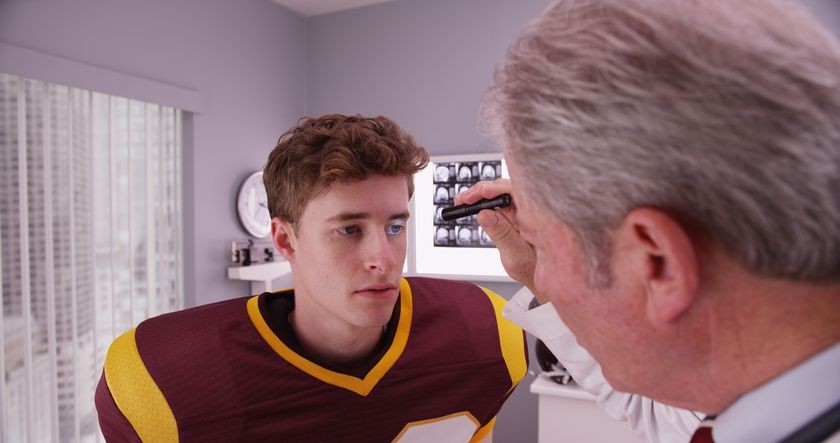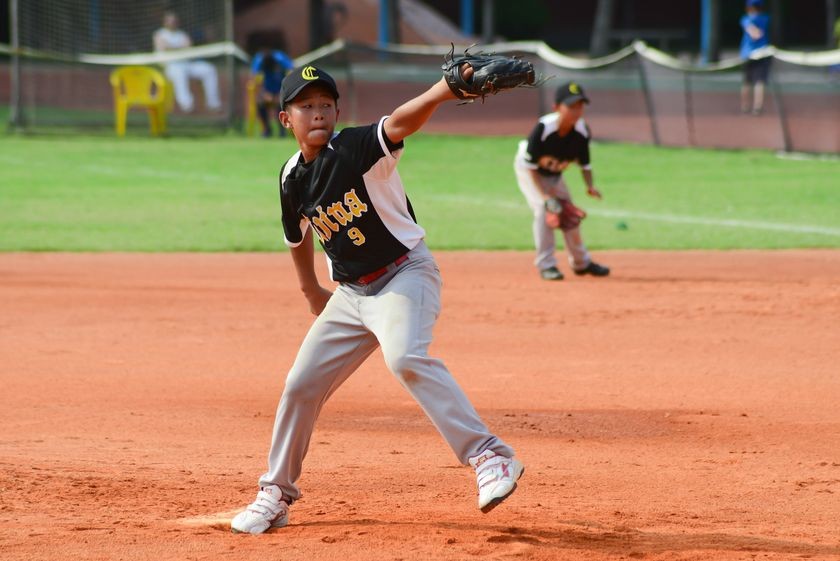
Sports Concussions Are on the Rise: Know How to Protect Your Child Athlete (Part 1)

(This is part 1 of a 2-part series on sports-related concussion injuries)
The 2017 school year is in full swing for many kids across the country, and it’s about to begin for millions more. That means plenty of kids will be returning to sports and socializing on the school playground, and unfortunately, it also means they’ll be at an increased risk for concussion. The Brain Trauma Research Center at the University of Pittsburgh estimates between 1.6 million and 3.8 million sports-related traumatic brain injuries occur each year in the U.S., many involving kids from preschoolers to college athletes, and some industry experts and watchdog groups say the number is much higher. In fact, one recent study from health insurance watchdog group Fair Health reported the number of diagnosed concussions among youth athletes increased 500% from 2010-2014.
Concussions are a type of traumatic brain injury that can have devastating effects on a young athletes future; some concussions can even be life-threatening. As the school sports season ramps up, parents, coaches and athletes all need to be aware of the risks of concussion, how to spot the signs of injury, and even how to potentially prevent head injuries.
What is a concussion?
A concussion is an injury to the brain that occurs when the brain “bounces” off the side of the skull. While your skull (and a thin protective layer of cushioning fluid) provide some degree of protection against minor bumps, they can’t protect against more significant impacts like a collision with a person or hard surface. These more significant impacts cause the brain to jolt inside the skull, forcing contact between the brain and the hard skull bones.
The resulting impact bruises the brain’s delicate tissues, stretching and tearing nerve fibers and blood vessels inside the brain. Torn vessels leak blood into the brain, resulting in mounting pressure that can lead to more significant, permanent brain damage over time. When nerve fibers are torn, they release an array of chemicals that can spread out and cause cellular damage. Often, it can be days or even weeks before these cellular changes become evident. Even bleeding inside the brain can cause few symptoms initially, making it difficult to detect without medical intervention, especially when the leak is slow or involves tiny capillaries. As a result, many parents and students may not realize a concussion has occurred, and that means they can delay vital treatment that can help avoid lifelong damage.
Symptoms of Concussion
Knowing the signs and symptoms of concussion injuries is critically important for making sure your child receives medical attention right away. The most common symptoms associated with concussion include:
- Confusion
- Memory issues, including not recalling the accident or having vague recollections of the accident
- Headache which can be severe or dull
- Problems with balance or coordinated movements
- Dizziness or vertigo
- Vision problems or changes in vision
- Difficulty focusing or concentrating
- Vomiting or nausea
- Hearing-related issues, including “ringing” in the ears
- Problems with speech
- Mood changes, including extreme excitability or irritability
And remember: Not everyone who experiences a concussion will exhibit symptoms right away; it can take several days for noticeable symptoms to appear, and by that time, permanent damage may already have occurred. The bottom line: If you think your child may have a concussion or if your child experiences a fall or other significant impact during game play, you should contact your child’s doctor even if you’re not noticing symptoms. Delaying an evaluation can have devastating impacts that can affect your child for the rest of their life.
Diagnostic Imaging for Concussion
Although concussion symptoms can be subtle and easily overlooked in many children (and adults as well), there are specific medical techniques that can be extremely helpful in diagnosing the injuries in their very early stages, long before noticeable symptoms and permanent brain damage occur. As a leading provider of advanced diagnostic imaging for athletes of all levels, Radiology Affiliates Imaging uses state-of-the-art imaging technology for the most accurate results to both identify the signs of concussion and guide its treatment. If you suspect your child has a concussion, seek medical care right away, and to learn more about the imaging technology we provide, call Radiology Affiliates Imaging at 609-585-8800 today.
In part 2, we’ll look at concussion prevention strategies, returning to sports after a concussion and a few common myths about concussions.




